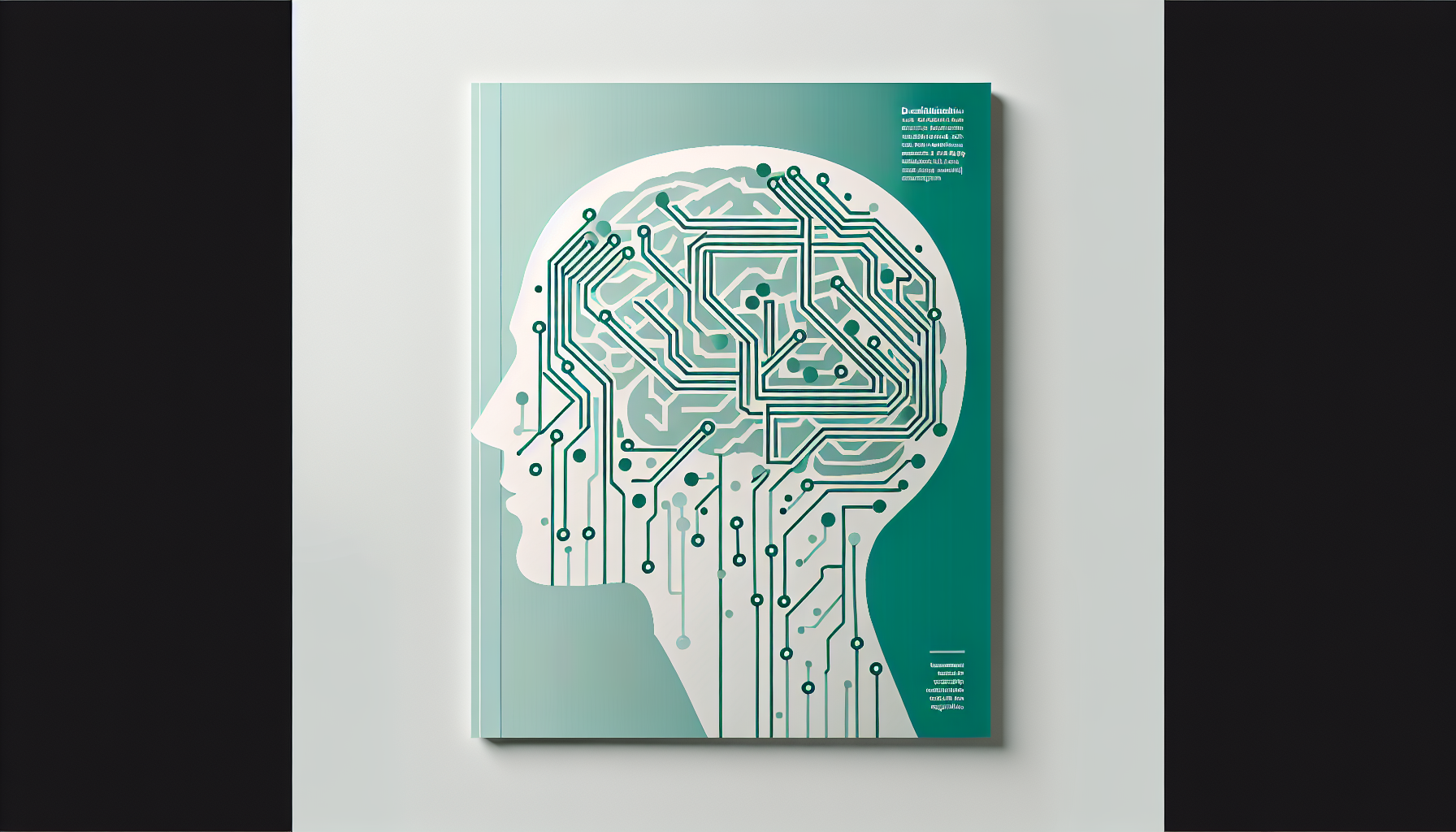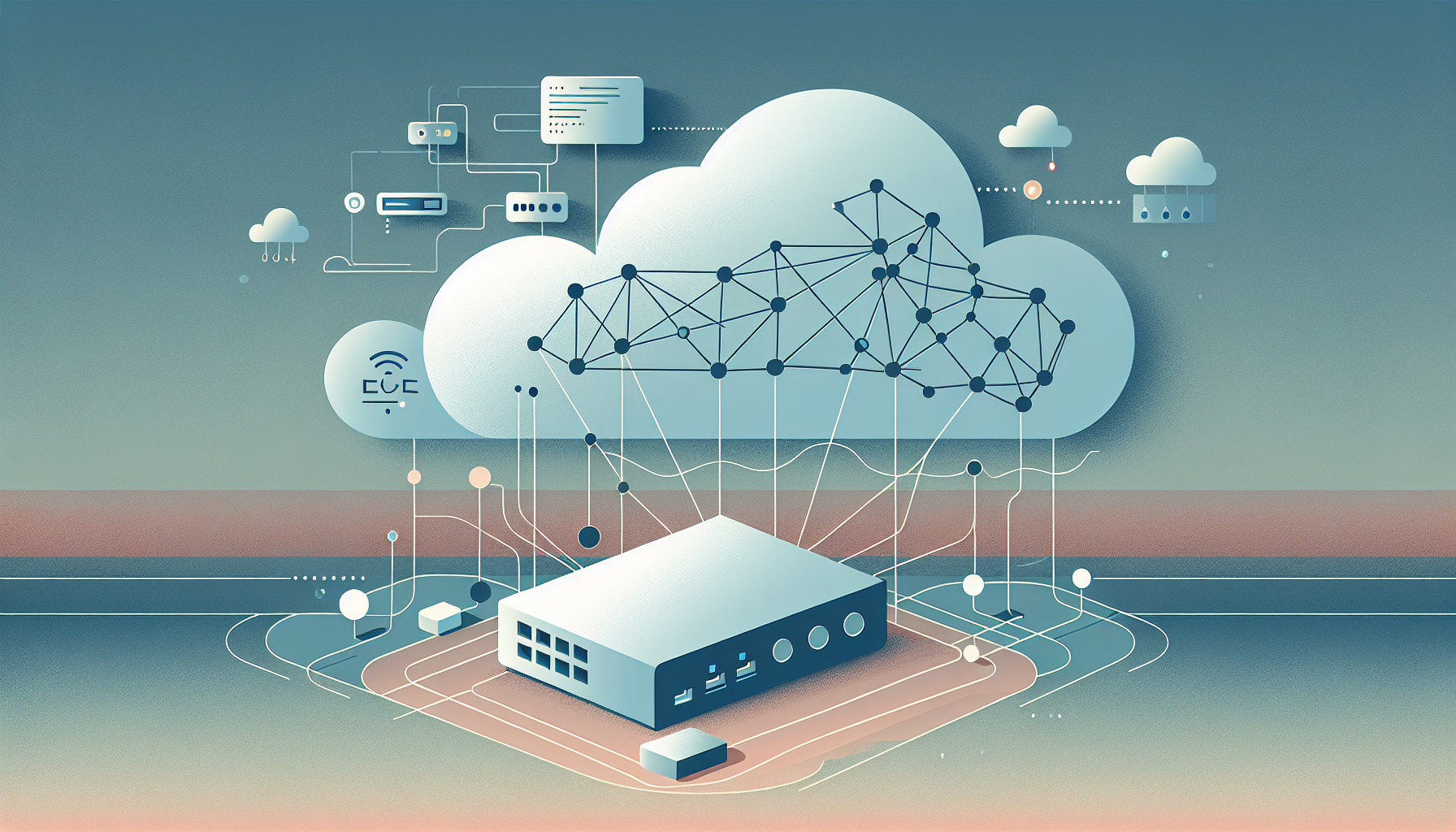Building Resilient Edge Computing Architectures for Sustainable IoT Solutions
Edge computing enables sustainable and robust IoT solutions by processing data close to the source with resilient design principles.

The Evergreen Challenge of IoT Sustainability
The rapid expansion of Internet of Things (IoT) devices worldwide presents an ongoing challenge: how to design computing architectures that remain scalable, resilient, and energy-efficient over time. Traditional cloud-centric approaches introduce latency and energy costs that limit sustainability. Edge computing offers a long-term solution, bringing compute power closer to data sources, reducing bandwidth needs and improving real-time responsiveness across diverse sectors such as agriculture, energy, and smart cities.
Solution 1: Modular Edge Node Design with Fault Tolerance
Implementing modular hardware and software components that can be independently updated or replaced extends the lifecycle of edge nodes, making IoT deployments more sustainable. Fault tolerance mechanisms, including redundant microservices and node clustering, ensure high availability without costly infrastructure.
Step-by-step Implementation
- Identify Core Modules: Separate sensor data ingestion, local processing, and communication layers as distinct modules.
- Containerise Microservices: Use lightweight container orchestration tools (e.g. K3s or microk8s) to deploy these modules on edge nodes.
- Implement Health Checks and Auto-Restart: Configure automated monitoring and recovery to handle component failures.
- Redundancy: Configure clusters of edge nodes to share load and failover capabilities.
- Energy Efficiency: Optimise edge hardware for low-power modes during idle periods and dynamic workload allocation.
Example: Docker Compose for Modular Edge Services
version: '3'
services:
sensor-ingest:
image: sensor-ingest:latest
restart: always
environment:
- SENSOR_TYPE=temperature
local-processor:
image: local-processor:latest
depends_on:
- sensor-ingest
restart: always
comms-module:
image: comms-module:latest
depends_on:
- local-processor
restart: always
Solution 2: Adaptive Data Filtering and Prioritisation Framework
To reduce wasted energy and network resources, implement adaptive algorithms that filter, prioritise, and compress IoT data locally before transmission. This approach extends device lifecycles with less frequent communication and supports flexible data policies tailored to application-critical needs.
Step-by-step Implementation
- Data Classification: Define data priority levels (e.g., critical alerts, routine telemetry, archival logs).
- Filtering Rules: Configure edge nodes to discard or aggregate low-priority data dynamically.
- Compression: Use efficient compression algorithms (e.g., LZ4 or Zstandard) before transmission.
- Feedback Loop: Implement cloud-to-edge instructions adjusting filtering rules based on system load or external factors.
- Local AI Models: Incorporate lightweight machine learning to detect anomalies and trigger high-priority transmissions.
Example: Python Pseudocode for Adaptive Filtering
def adaptive_filter(data_stream, priority_threshold):
filtered_data = []
for datum in data_stream:
priority = classify_priority(datum)
if priority >= priority_threshold:
filtered_data.append(compress(datum))
return filtered_data
Did You Know? Edge computing can reduce IoT latency by up to 90%, enabling real-time applications like precision agriculture and energy management.
Pro Tip: Use modular, containerised architectures on edge nodes to allow seamless updates and scalability without physical replacement.Warning: Over-filtering data may cause loss of critical insights; always baseline filtering strategies against application-specific error tolerances.
Integrating Sustainable Edge Architectures into Digital Products
These architecture strategies align with broader product sustainability principles as outlined in Designing Modular, Scalable APIs for Sustainable Digital Products. They ensure digital infrastructure is maintainable, resilient, and efficient for the long term while minimising environmental impact.
Evening Actionables
- Design modular edge computing services using container technology with fault tolerance best practices.
- Develop adaptive data prioritisation algorithms locally on IoT nodes to reduce unnecessary network transmission.
- Implement health monitoring and auto-recovery to maintain uptime without manual intervention.
- Integrate energy-saving modes and workload balancing in edge node deployments.
- Map your IoT data flows and classify data to define efficient filtering policies.
- Benchmark latency improvements and energy consumption before and after edge implementation.





Comments ()